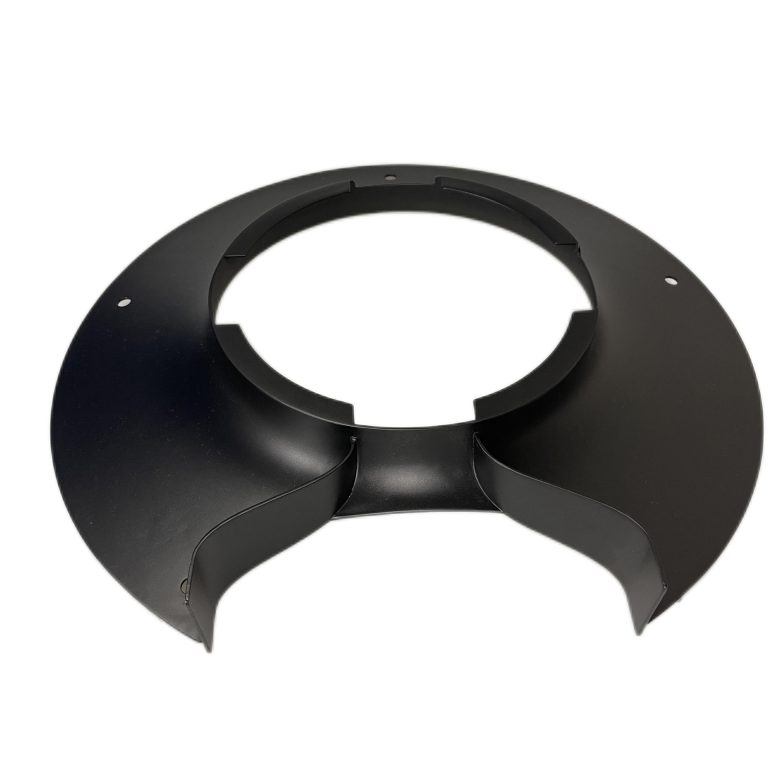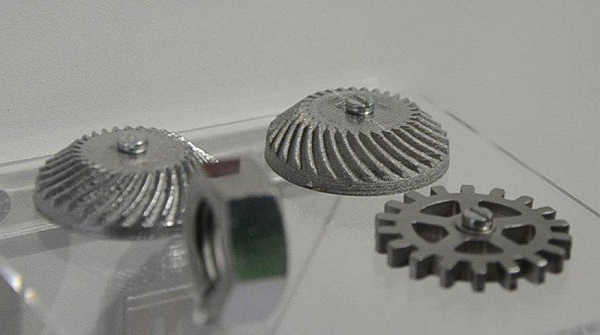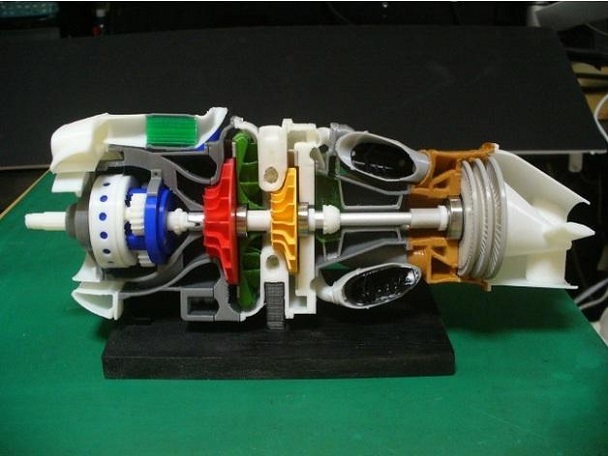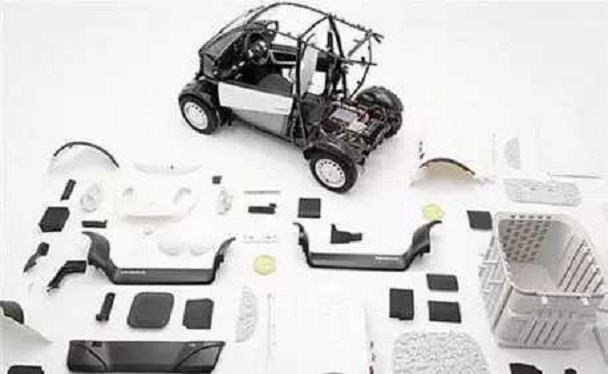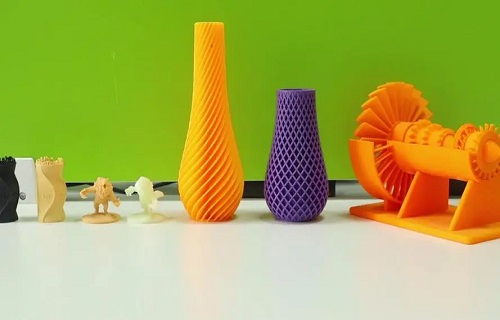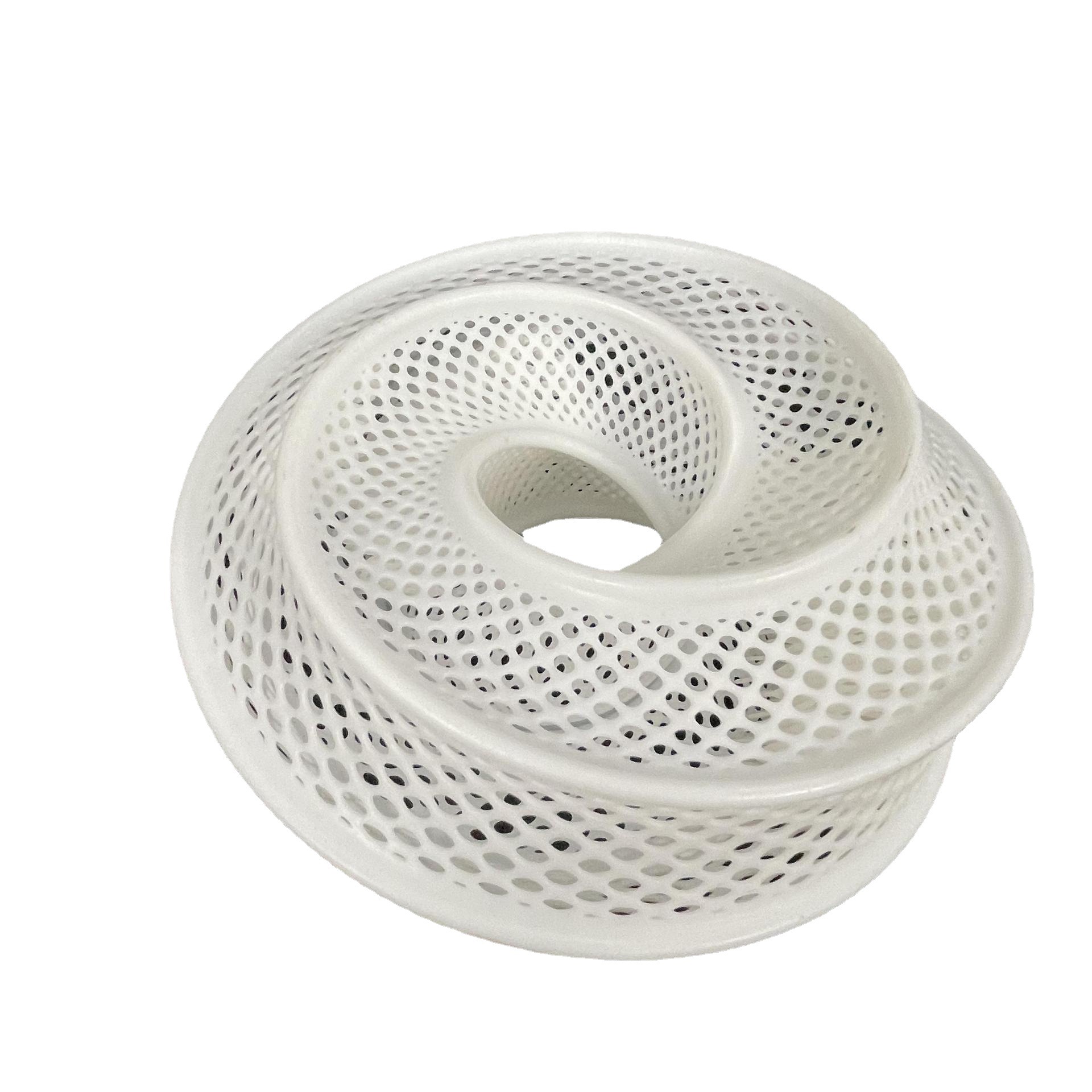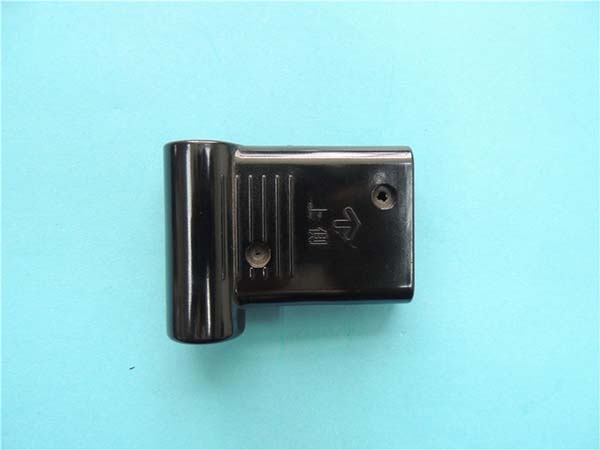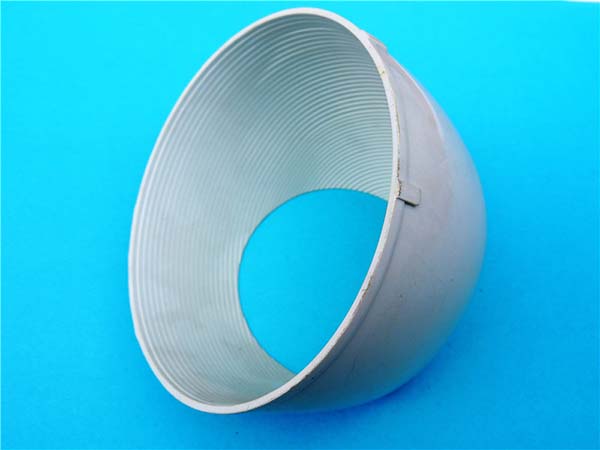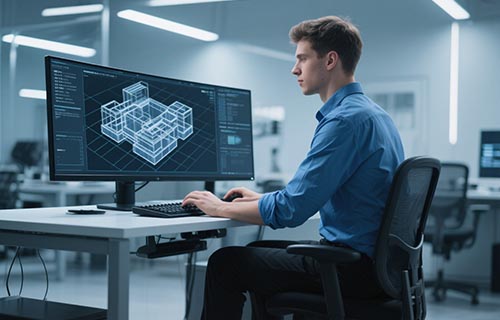Ceramic 3D printing has become a transformative technology in various industries, offering unmatched design flexibility, customization, and sustainability. By leveraging additive manufacturing techniques, ceramic 3D printing allows the creation of intricate and precise ceramic components that were once unimaginable with traditional methods. This revolutionary technology not only accelerates the prototyping process but also offers new solutions for industries ranging from architecture to healthcare.
Introduction to Ceramic 3D Printing
Ceramic 3D printing, also known as additive manufacturing of ceramics, involves creating objects by depositing ceramic material layer by layer based on a digital model. The process typically starts with designing the object using computer-aided design (CAD) software, which is then translated into a series of thin slices. These slices guide the 3D printer in building the object layer by layer.
Traditional ceramic manufacturing often requires complex molds and high-cost tooling, but 3D printing bypasses many of these limitations, offering greater design freedom, speed, and cost-efficiency. Moreover, the technology minimizes material waste, making it a more sustainable alternative to traditional ceramic manufacturing.
Overview of the Technology
3D Printing Techniques for Ceramics
Several 3D printing technologies are used for ceramics, each suitable for specific applications:
- Stereolithography (SLA): Uses a laser to cure liquid resin into solid material, providing high precision for fine details.
- Selective Laser Sintering (SLS): Sintering powdered ceramic materials using a laser, ideal for complex geometries and durable parts.
- Binder Jetting: A technique where a liquid binder is selectively applied to ceramic powder, allowing for the creation of full-color parts or intricate designs.
The right technique is chosen based on the material properties required and the complexity of the desired ceramic component.
Advantages Over Traditional Methods
Complex Designs and Structures
One of the primary benefits of ceramic 3D printing is the ability to create intricate and highly complex designs that traditional manufacturing methods cannot achieve. Unlike mold-based techniques, where the shape is constrained by the mold’s geometry, 3D printing allows for greater design freedom. This makes it easier to create items with unique textures, shapes, and features, such as hollow structures, internal channels, or interlocking parts.
Rapid Prototyping
3D printing significantly accelerates the prototyping phase. Designers can quickly modify and test new concepts without the need for costly and time-consuming mold creation. This results in faster iteration cycles and a more agile design process, reducing development timelines and improving time-to-market for new products.
Material Efficiency and Waste Reduction
Traditional ceramic manufacturing involves subtractive processes, leading to significant material waste. In contrast, ceramic 3D printing is an additive process, meaning material is only deposited where needed, resulting in minimal waste. This not only reduces production costs but also supports sustainable practices by making better use of raw materials.
Applications of Ceramic 3D Printing
Ceramic 3D printing's versatility extends across multiple industries, offering new solutions for both functional and aesthetic needs.
Architectural Components
Ceramic 3D printing is transforming architecture by enabling the creation of custom tiles, facades, and structural components. Architects can design elements with intricate patterns, textures, and geometries that would be impossible or prohibitively expensive to produce with traditional methods. These components are not only visually striking but also durable and weather-resistant, making them ideal for both indoor and outdoor applications.
Automotive Parts
Ceramics are widely used in the automotive industry due to their excellent thermal and mechanical properties. Ceramic 3D printing enables the production of complex automotive parts such as brake discs, exhaust components, and engine parts. These parts can be lightweight, thermally efficient, and durable, contributing to improved performance and fuel efficiency. The ability to print complex geometries also leads to better integration, weight reduction, and improved overall performance.
Aerospace Components
Aerospace relies on materials that can withstand extreme conditions, and ceramics are an ideal choice for applications requiring high strength, heat resistance, and lightweight properties. Ceramic 3D printing is used to manufacture turbine blades, heat shields, and nozzles for aircraft and spacecraft, offering durability and high-performance capabilities in extreme temperatures. These lightweight ceramic components also help reduce the overall weight of aircraft, contributing to enhanced fuel efficiency.
Medical Implants and Devices
In healthcare, ceramic 3D printing is revolutionizing the production of implants and medical devices. Ceramics, known for their biocompatibility, are used to create personalized implants for orthopedic and dental applications. The ability to print customized implants that perfectly fit a patient's unique anatomy improves comfort and functionality. Additionally, 3D printing can be used to create complex internal structures within implants, enhancing their integration with bone and tissue.
Benefits of Ceramic 3D Printing Service
Design Flexibility
Ceramic 3D printing provides designers with unprecedented flexibility, allowing the creation of complex, customized parts that would be difficult or impossible to achieve through traditional manufacturing methods. This capability leads to innovative products with both functional and aesthetic advantages, from architectural elements to medical devices.
Customization Capabilities
Whether it's custom architectural components, personalized medical implants, or prototype automotive parts, ceramic 3D printing excels in mass customization. Designers can produce one-of-a-kind products or small batches tailored to specific needs, offering clients greater control over the design process.
Production Efficiency
The streamlined nature of ceramic 3D printing reduces lead times and production costs. Since the process eliminates the need for molds and tooling, it speeds up production and reduces setup time. The additive process also minimizes material waste, making it a more efficient and sustainable option for manufacturers.
Environmental Sustainability
By reducing material waste, energy consumption, and the need for extensive tooling, ceramic 3D printing contributes to more sustainable manufacturing practices. Additionally, the ability to use recycled ceramic materials further reduces the environmental footprint of production processes.
Case Studies and Success Stories
Architectural Design
A leading architecture firm used ceramic 3D printing to create custom facade panels for a high-rise building. These panels featured unique geometric patterns that would have been nearly impossible to produce using traditional methods. The result was a visually striking building with components that were not only aesthetically pleasing but also durable and energy-efficient.
Automotive Innovation
An automotive manufacturer adopted ceramic 3D printing to produce high-performance brake discs for their latest sports car model. The lightweight ceramic discs offered superior heat resistance and thermal performance, resulting in improved braking efficiency, reduced wear, and better overall vehicle performance.
Aerospace Advancements
An aerospace company used ceramic 3D printing to produce lightweight turbine blades and exhaust components for jet engines. These parts not only helped reduce the weight of the aircraft but also offered enhanced heat resistance and mechanical properties, contributing to increased fuel efficiency and overall performance.
FAQ
What materials are commonly used in ceramic 3D printing?
Common materials include alumina, zirconia, silica, and various ceramic composites. These materials are selected based on their properties, such as heat resistance, mechanical strength, and biocompatibility.
How does ceramic 3D printing compare to metal 3D printing?
Both ceramic and metal 3D printing share similar additive manufacturing principles, but they differ in material properties. Ceramic 3D printing is ideal for applications requiring high thermal and chemical resistance, while metal 3D printing is used for parts needing high mechanical strength and ductility. The choice between the two depends on the functional requirements of the final product.
What are the future prospects for ceramic 3D printing?
The future of ceramic 3D printing is promising, with ongoing advancements in materials, printing techniques, and production speed. As research continues, ceramic 3D printing will likely expand its applications in industries like construction, healthcare, and aerospace, offering more sustainable and efficient manufacturing solutions.
Ceramic 3D printing is redefining the way products are designed and manufactured, providing innovative solutions across diverse industries. From architecture and automotive to aerospace and healthcare, the technology's ability to create complex, customized, and sustainable products positions it as a game-changer in modern manufacturing. As the technology continues to evolve, its impact on the industry will only grow, unlocking even more possibilities for the future.
